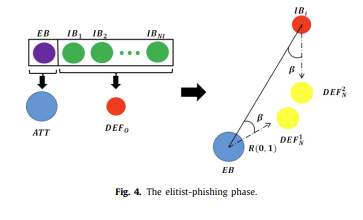The combined social engineering particle swarm optimization for real-world engineering problems: A case study of model-based structural health monitoring
Structural health monitoring (SHM) is a substantial research direction in structural engineering being scrutinized in recent years due to its significance in ensuring structural safety and reliability. The SHM using evolutionary computation has gained wide significance thanks to its computational capability and robust performance. By bearing in mind the necessity of efficient search mechanisms, a new algorithm merging the recent social engineering optimizer (SEO) and the particle swarm algorithm (PSO) is proposed in this work. The new algorithm, called the social engineering particle swarm optimization algorithm (SEPSO), combines the PSO population-based elitist-solution mechanism and the SEO two-solution attacker–defender paradigm to establish an effective global–local algorithm for solving complex engineering optimization problems. The SEPSO is developed, benchmarked, and compared with some state-of-the art algorithms using available test functions in the literature. Furthermore, the SEPSO is applied on selected mechanical design problems from the CEC2020 real-world constraint optimization competition in addition to comparison with the best-performed algorithms for benchmarking purpose. The SEPSO algorithm exhibits outstanding results when solving the benchmark functions and the real-world constraint optimization problems. Moreover, aiming to solve the complex problem of the SHM inverse problem, the SEPSO is employed. The SHM framework is presented and applied on the American Society of Civil Engineering (ASCE) frame structure based on an efficient fusion of objective function formulation. Several damage cases are tested using partial and noise-contaminated data. The proposed approach shows notable detectability and severity evaluation regardless the modal data malfunctions. Meanwhile, the proposed SEPSO can serve as an effective global–local search algorithm for solving real-world engineering.


